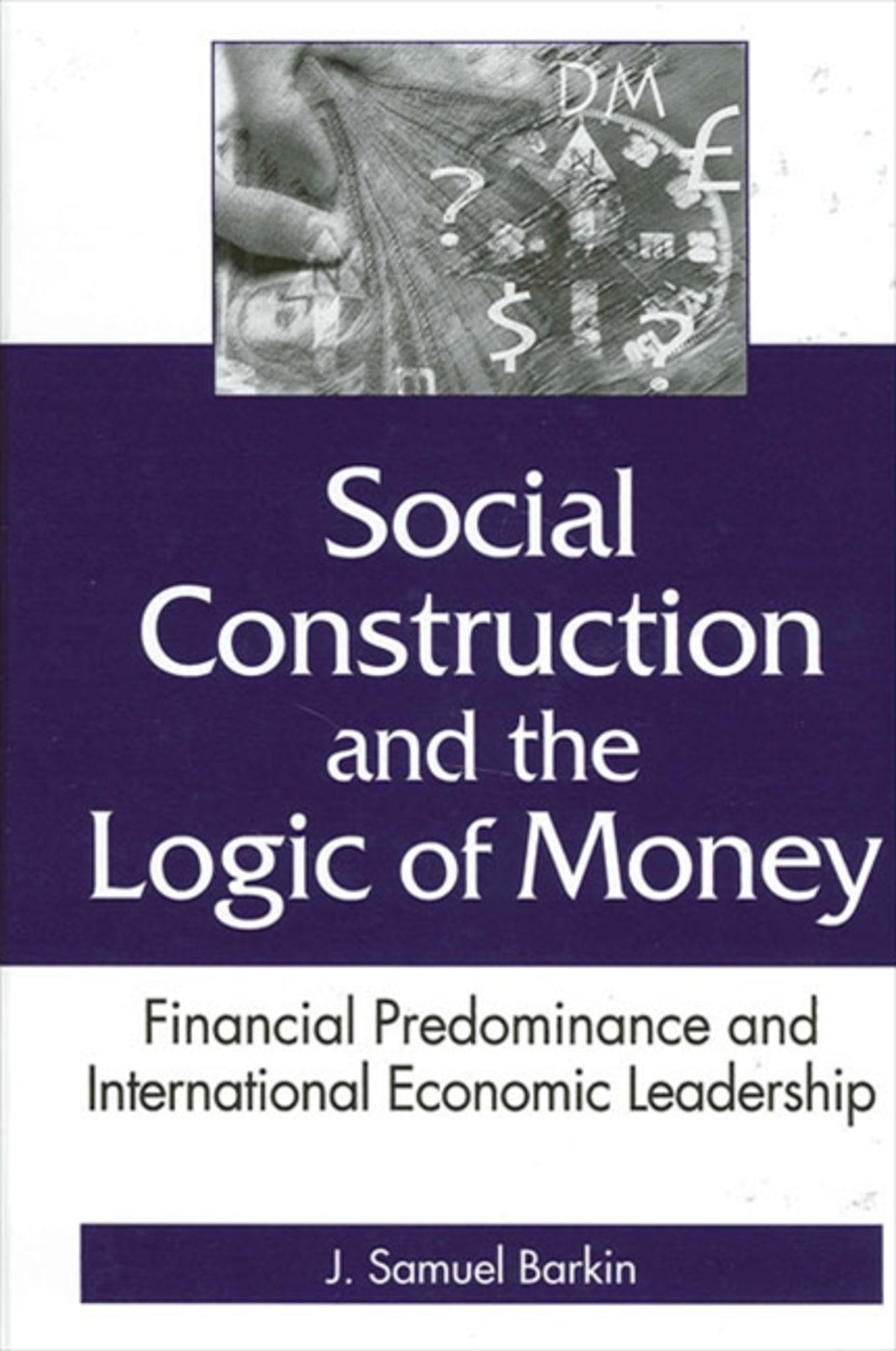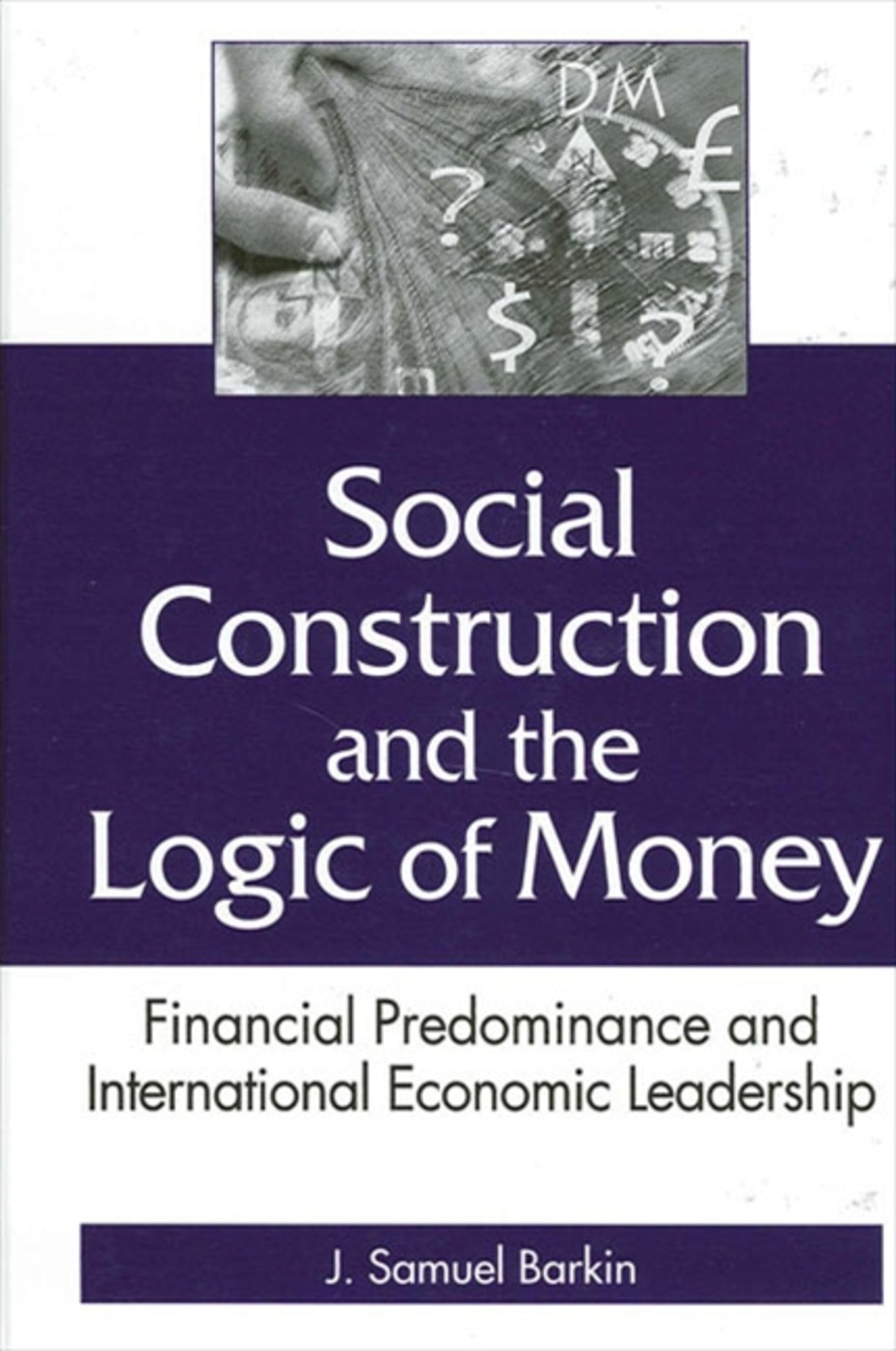We're sorry. An error has occurred
Please cancel or retry.
Social Construction and the Logic of Money

Some error occured while loading the Quick View. Please close the Quick View and try reloading the page.
Couldn't load pickup availability
- Format:
-
09 January 2003

Examines the nature of international economic leadership since the seventeenth century.
While other studies of international leadership have looked at a variety of measures to predict behavior, this book demonstrates that the key factor is international finance. J. Samuel Barkin uses an innovative blend of rationalist and constructivist methodologies, approaches to international political economy that normally exist in isolation from one another. Barkin argues that the level of a country's involvement in international finance specifically motivates it to lead. This is particularly relevant today, given the on-going discussions on how to respond to local and global financial crises. Barkin illustrates his theory with an episodic history of international monetary leadership over the last four centuries: Dutch leadership in the seventeenth century; British leadership in the nineteenth; the failure of leadership in the interwar era and Great Depression; and the role of the U.S. in the construction of an international economic infrastructure since World War II.


Acknowledgments
1. Financial Predominance and International Economic Leadership
2. Social Construction and the Logic of Money
3. The Seventeenth Century and Dutch Leadership
4. The Nineteenth Century and British Leadership
5. The Interwar Period and the Great Depression
6. The Postwar Period: American Leadership?
7. Conclusions and Implications
Notes
References
Index



